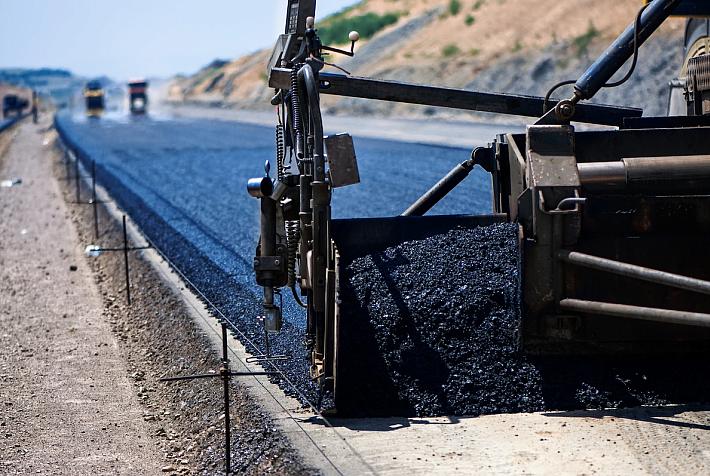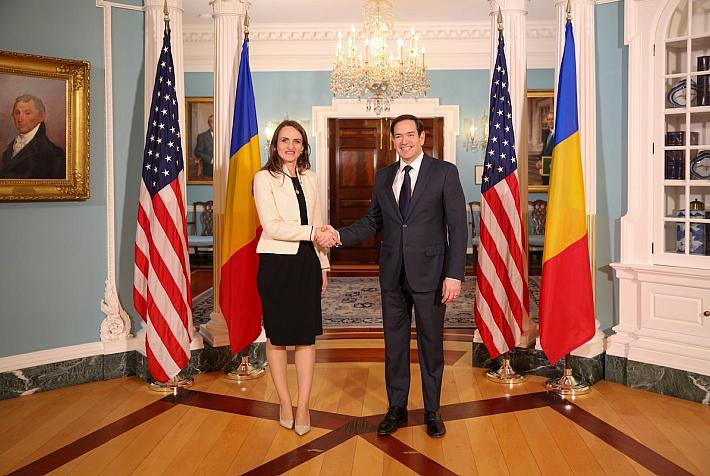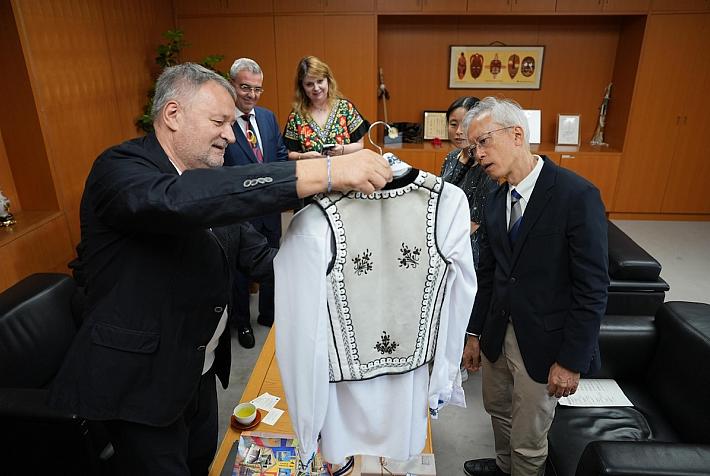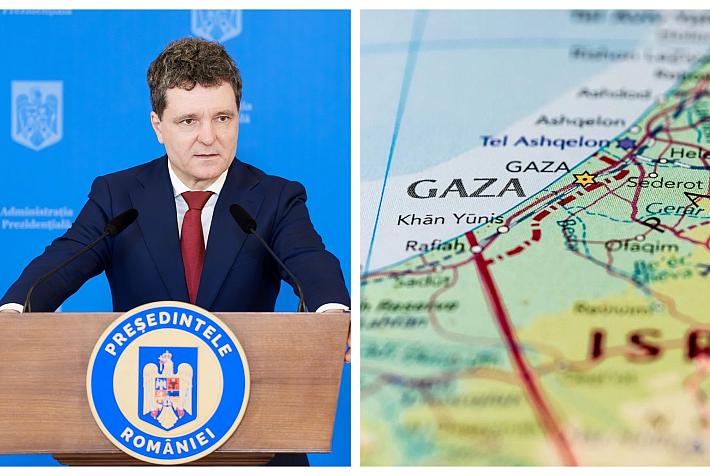Romanian film review – History masterfully revisited: Videograms of a Revolution

German documentarist Harun Farocki passed away a few months ago and for those who have followed his prolific career for the past forty years, this is a huge loss. Farocki has written and directed ingenious and challenging essays dealing with anything he deemed relevant in contemporary society, from the psychology of job interviews to the ravages of war, focusing mainly on the politics of imagery.
Hence, I was thrilled to re-watch one of his most exiting movies this week at the Elvira Popescu cinema. Videogramme einer Revolution/Videograms of a Revolution is a 1992 documentary made in collaboration with Germany-based Romanian filmmaker Andrei Ujică, a documentarist whose most famous picture, Autobiografia lui Nicolae Ceaușescu/ The Autobiography of Nicolae Ceaușescu (2010) is a brilliant and meticulous deconstruction of the 'myth' and 'public persona' Nicolae Ceaușescu. The two filmmakers share a critical, factual look at their subjects as well as a predilection for working with archive material and it is thus not surprising that Videograms of a Revolution is challenging, cerebral, gripping, and a jaw-dropping eye-opener, especially compared to other takes on the Romanian revolution, none of them being able to reach Farocki's precision and brilliant gift for analysing images in a political and historic context.
Farocki worked with over 100 hours of material from the national television archives, when the station was occupied by protesters and aired almost non-stop between December 21st, the day Ceaușescu made his speech from the balcony of the Central Committee building, and December 26th, the day of his death; and aims at creating a chronology of the events.
An entire nation was living the Revolution through these very images on their television screens and Farocki nails it when he says that the Romanian Revolution was a visual revolution. Based on this angle, Farocki deconstructs the power of images in a moment of social and political crisis, and his factual, unhurried discourse is a striking counter-point to the turmoil of the picture's contents.
What Farocki achieves in his admirable film is no less than audio-visual historiography and the best take on a chapter in Romania's recent history I've seen. Not only because his external view on a highly controversial topic (which is not exhausted by far even today) enables him to be a rational and meticulous analyst, but mostly because he addresses a collective emotional experience which is inextricably linked to imagery: anybody who watched TV back then will never be able to forget either what they saw nor the incredibly powerful impact those airings had. Farocki's unflinching look at that material forces one to re-think what one saw back then, how one interpreted those pictures, and ultimately what one knows and feels. While other documentaries on the matter are more spectacular content-wise, and focus more on social, political and historic facts, his metafictional, academic focus on the image is actually the one which addresses one of the most interesting sides to the Romanian Revolution and by far the most emotional recollection of it.
Videograms of a Revolution is by no means an easy film, demanding patience, work, and a solid knowledge of the theory and politics of images and of cinema, but it is a remarkable documentary and I would venture to say essential viewing for any Romanian. If you've missed it at the cinema, you can order the DVD on Amazon.
By Ioana Moldovan, ioana.moldovan@romania-insider.com
[embed
width="560"
height="315"]
http://www.youtube.com/watch?v=59kEMMVeCjc
[embed]











